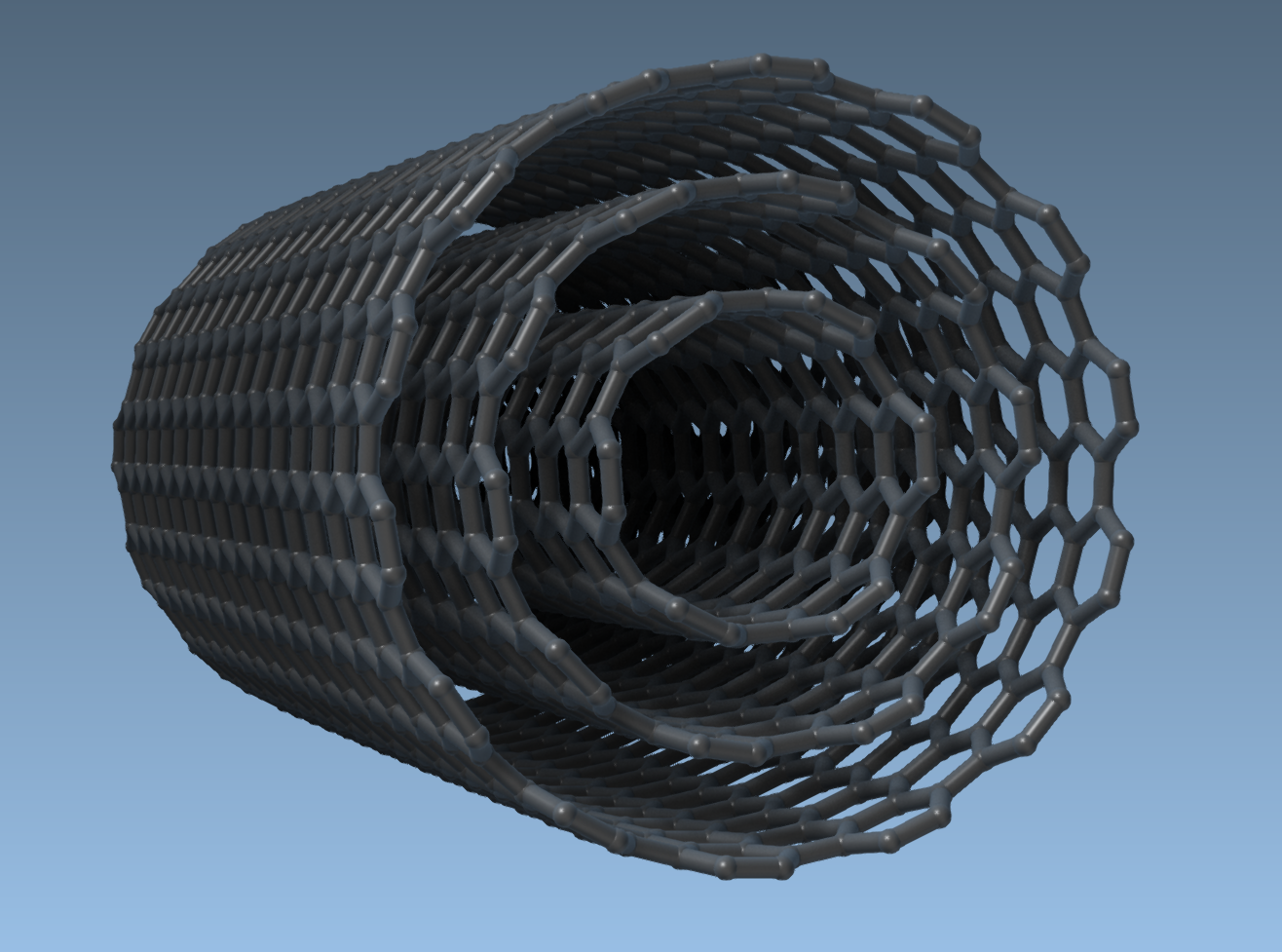Creating accurate carbon nanotube (CNT) models can be time-consuming and technically complex, especially when trying to design concentric multi-walled structures. Whether you’re working in nanotechnology, molecular design, or materials science, generating realistic CNT models fast is essential for iterative research and simulation.
The Nanotube Creator Extension in SAMSON offers a compact solution to this common challenge. It allows users to interactively or precisely define single-walled or multi-walled CNT structures in just a few clicks.
Why Multi-Walled Carbon Nanotubes?
Multi-walled CNTs consist of several concentric nanotubes with increasing diameters. These are especially useful when simulating mechanical properties, nanopore behavior, or hybrid nanostructures. However, building them manually is cumbersome and needs careful parameter tuning to maintain structure coherence.
A Quick Walkthrough to Building Three Concentric CNTs
The Nanotube Creator’s graphical interface offers a streamlined method to build a layered CNT model:
- Start the Nanotube Creator: Activate it from the left-side viewport menu or use Shift + E and search for “Nanotube Creator”.
- Open the graphical interface (GUI): Make sure it’s visible by re-selecting the extension if hidden.
- Set start and end points: Use
(0, 0, 0)and(40, 0, 0)to define a 40 Å CNT along the x-axis. - Build CNT 1 (Inner Tube): Set
n = 6,m = 6and click Build. - Build CNT 2 (Middle Tube): Set
n = 10,m = 10and click Build. - Build CNT 3 (Outer Tube): Set
n = 14,m = 14and click Build.
With just those six steps, you’ll generate a multi-walled CNT composed of three nested layers. Each layer is defined by its n and m parameters, determining its radius and chirality. Overlapping start and end points ensure axial alignment, which is critical for structural stability in simulations.

Why This is Useful
Having the ability to visualize and construct complex CNTs without writing code or manually managing coordinates can help you:
- Prototype CNT-based nanodevices rapidly
- Explore how concentric walls affect electronic or mechanical behavior
- Create building blocks for larger hybrid molecular systems
- Prepare structures for simulations using potentials like Brenner
More Than Just a Model
Once your CNT models are ready, SAMSON’s environment lets you go further: visualize, simulate interactions, calculate properties, or combine the tubes with membranes and ligands. For example, building a carbon nanopore system is just a few steps away.
To learn more, visit the full tutorial documentation: Building Nanotubes in SAMSON.
SAMSON and all SAMSON Extensions are free for non-commercial use. Download SAMSON at samson-connect.net.





